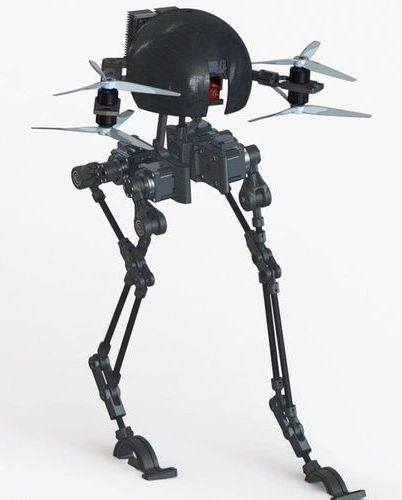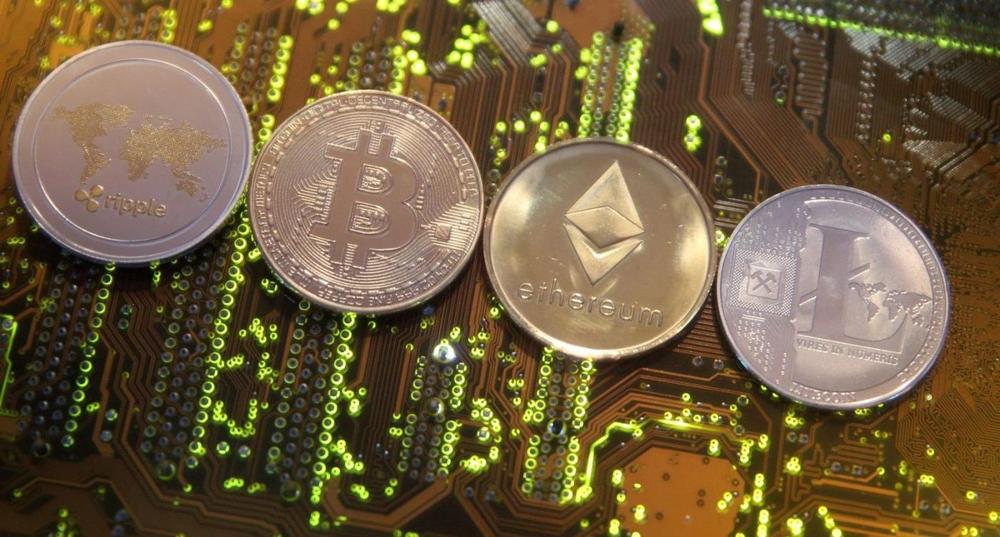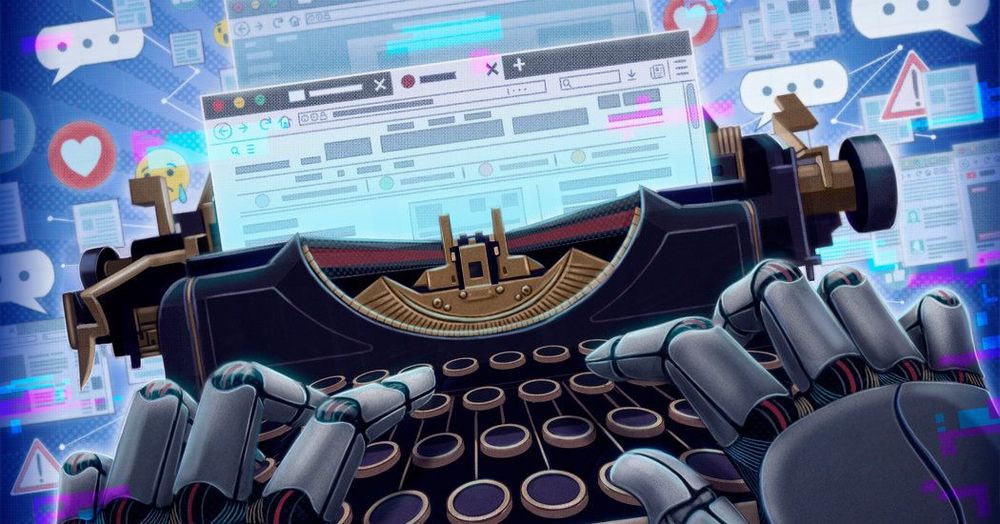Page 9452
Feb 6, 2019
AlphaPilot AI Drone Innovation Challenge
Posted by Klaus Baldauf in categories: drones, robotics/AI
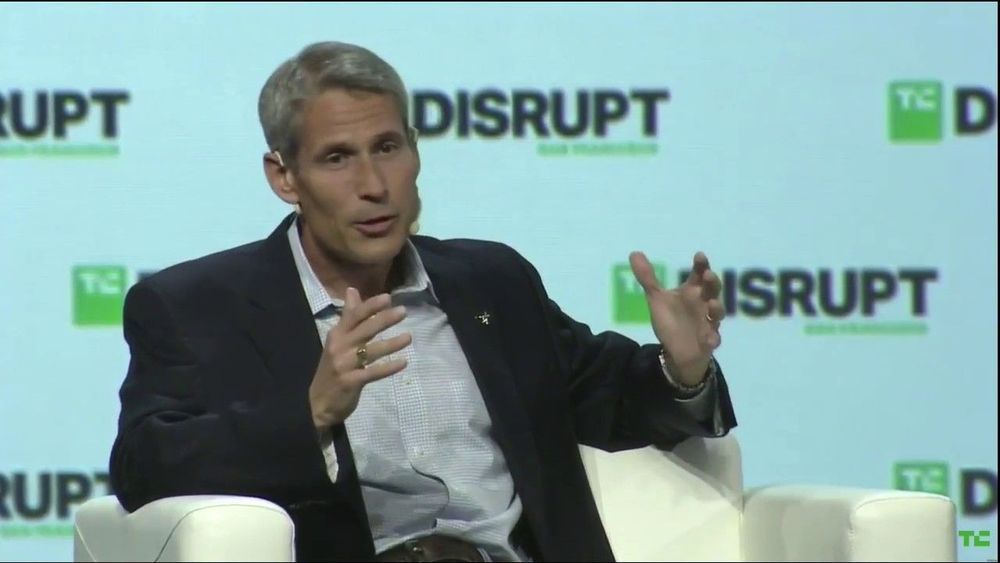
Register now! We’re calling on the world’s greatest minds to achieve a new milestone for the future of artificial intelligence and autonomous flight.
Feb 6, 2019
The Indian government is worried that cryptocurrencies may destabilise the rupee
Posted by Steve Nichols in categories: cryptocurrencies, government
Feb 6, 2019
Ira Pastor — Dr. Michael Lustgarten — IdeaXMe
Posted by Ira S. Pastor in categories: aging, bioengineering, biotech/medical, DNA, futurism, genetics, hacking, health, life extension, transhumanism

Very excited to have interviewed Dr. Michael Lustgarten in my role as longevity / aging ambassador for the ideaXme Show — Mike has been at the forefront of studying the 100 trillion organisms present in the human microbiome, their effect on human health and wellness, as well as a major proponent of metabolomics and biologic age tracking — A true future thinker in the area of extending human lifespan and healthspan
Feb 6, 2019
We are happy to announce Dr. Ruth Itzhaki as a speaker for the 2019 Undoing Aging Conference
Posted by Michael Greve in categories: biotech/medical, life extension, neuroscience
“Ruth is a shining example of one of the qualities I most admire in a scientist: dogged perseverance in pursuit of one’s thesis, in spite of near-universal rejection of it by the mainstream community, until one finally wins them round.
It’s only an admirable quality if you’re likely to be right, of course, so you’d better be a really good scientist in other ways too — and she sure is. Ruth spoke at a couple of my Cambridge conferences and I was always dismayed that such solid data and logic concerning the involvement of herpes simplex virus in Alzheimer’s disease was so widely ignored or dismissed for what seemed to be totally flimsy reasons. That’s not happening any more!”, says Aubrey de Grey.
https://www.undoing-aging.org/news/dr-ruth-itzhaki-to-speak-…aging-2019
Fast, accurate and no typos! Bloomberg News, The Washington Post and The Associated Press test out machine-generated journalism.
Feb 5, 2019
So long, MarCO, and thanks for the radio transmissions
Posted by Alberto Lao in category: space travel
NASA’s Jet Propulsion Laboratory says it does not expect to receive any more transmissions from the MarCO CubeSats that accompanied the Insight lander to Mars last year. The two tiny spacecraft, which relayed Insight’s descent signal back to Earth in real time, have not been heard from in more than a month.
Feb 5, 2019
Scientific Evidence That Crystal Healing Works
Posted by Victoria Generao in category: futurism
If you ever want to learn about this subject matter, I am available as a Mentor.
Many people are quick to dismiss the idea that crystals can heal, yet scientific evidence clearly shows that crystals may indeed have healing properties, along with other capabilities and uses.
Feb 5, 2019
Omnidirectional Robots Used for Lab Automation
Posted by James Christian Smith in category: robotics/AI
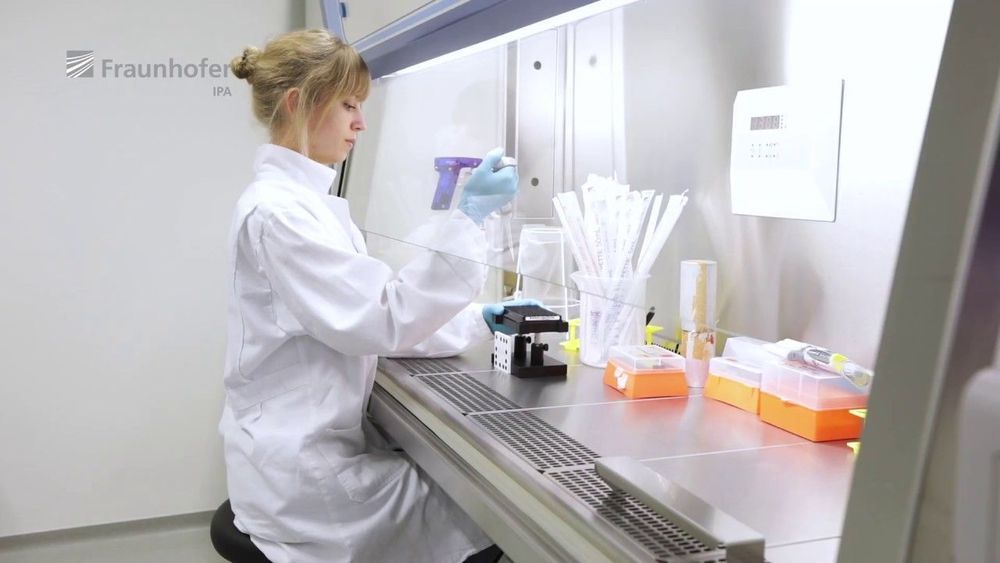
Robots are already capable of doing many things for us. As this video shows, mobile robots can be used to automate tasks in the lab. They use tags and picture recognition to handle items. The robots are also capable of accessing lab devices.
More like this ➡️ here.
Feb 5, 2019
An Algorithm to Predict the Age of Your Lab Mice
Posted by Paul Battista in categories: biological, information science, life extension
Researchers develop an app that can estimate the biological age of a rodent from its mug shot, and could give a boost to the science of human aging in the process.
